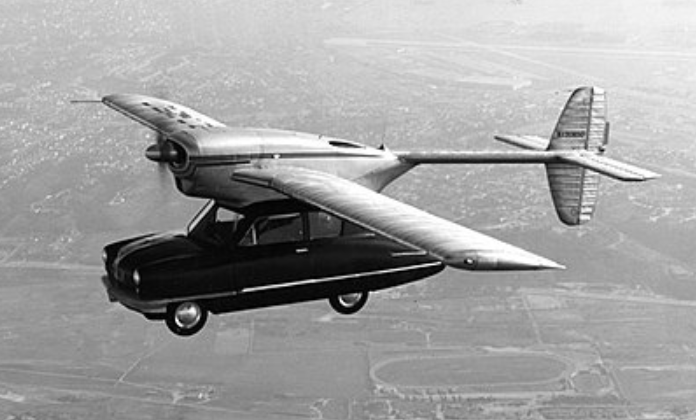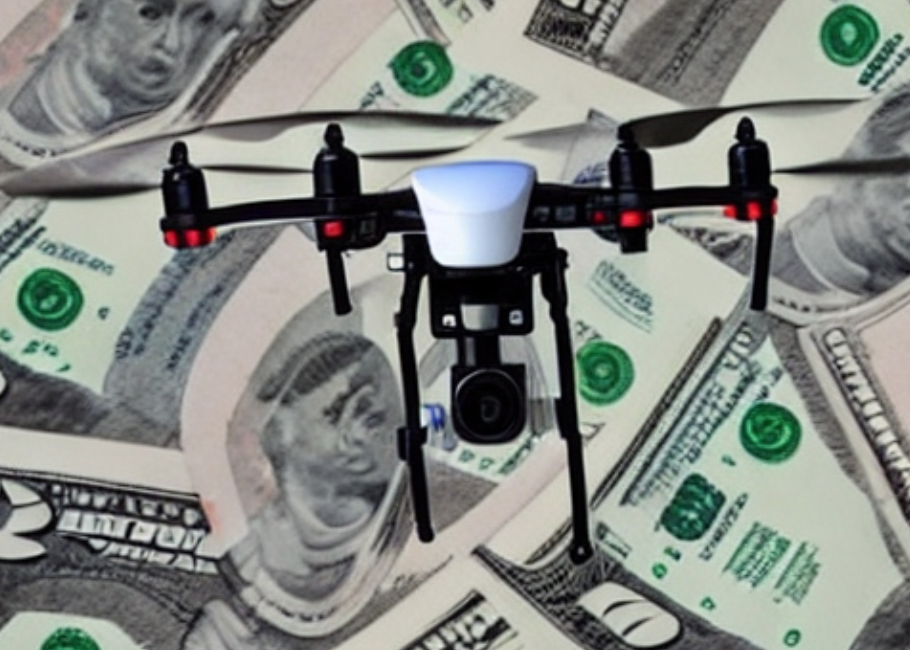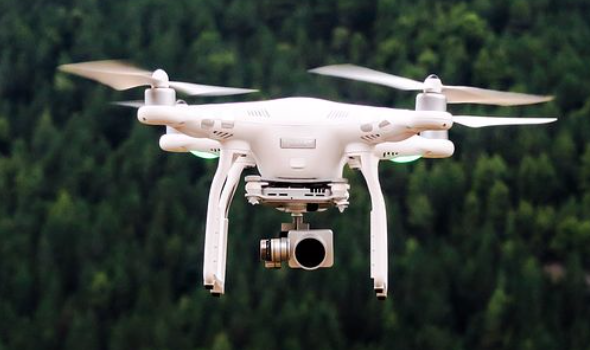by Fred Fuld III
Many years ago, I bought stock in a Davis, California based flying car company called Moller International Inc. (MLER), which was the only publicly traded company that I knew of at that time that was in the flying car business.
I even went to one of their annual meetings back then, where they provided a free lunch, but sold copies of their “annual report“, pictures of their flying cars, and almond butter.
If you want to see one of them fly, you can check out the following video.
You will notice in the video that there is a crane with a tether attached to the M400X flying vehicle. It actually does fly; it’s not the tether that’s holding it up, and you look closely, you will see that the tether is slack, not tight.
Founded in 1983 by Dr. Paul Moller, a visionary engineer with a background in engines and Wankel technology, the company has been dedicating itself to this ambitious goal.
Early days and technological advancements:
- Spin-off: Moller International emerged from Moller Corporation, continuing their work on VTOL aircraft.
- Key technologies: The company focused on integrating crucial elements like electronic control systems, efficient ducted fan designs, thrust vectoring, and stable airframes.
- Rotapower engine: A significant achievement was the Rotapower, a Wankel rotary engine that became a spin-off company, Freedom Motors.
Challenges and milestones:
- Development time: Despite extensive testing and prototype advancements, the M400 Skycar, the flagship personal VTOL, faced a long development process fueled by fundraising and regulatory hurdles.
- Publicity and controversy: Moller International attracted both attention and critiques, some skeptical of the Skycar’s feasibility and claims. In 2000, they settled a case with the SEC regarding promotional statements without admitting wrongdoing.
- Progress and partnerships: Despite challenges, Moller International secured various contracts with government agencies and aerospace companies, demonstrating the potential of their technologies.
Unfortunately, the company hasn’t made any SEC filings since 2015, the stock symbol is no longer active on Yahoo!Finance or OTCMarkets, and several shareholders posted on Facebook that TD Ameritrade has removed the stock from their accounts with a notice that says: REMOVAL OF WORTHLESS SECURITIES (608689105).
Even the company website shows “Invalid symbol” for MLER.
So, you may be wondering, are there any other publicly traded flying car sites?
The term “flying car” can still be ambiguous, as many companies are developing different types of VTOL (vertical take-off and landing) vehicles with varying capabilities and target markets. However, several publicly traded companies are involved in this space, though most focus on air taxi services rather than personal flying cars.
Here are some notable examples:
Pure-play eVTOL companies:
- Joby Aviation (JOBY): Developing an electric VTOL aircraft for air taxi services, with strong government and investor backing. $4.2 billion market cap.
- Archer Aviation (ACHR): Aims to launch flying taxi services in Los Angeles and Miami, known for their innovative “Maker” design. $1.7 billion market cap.
- EHang Holdings (EH): A Chinese leader in the eVTOL market, with passenger and cargo drones already in commercial use. $918 million market cap.
- Eve Urban Air Mobility Solutions (EVEX): A subsidiary of Embraer (ERJ), focusing on the Brazilian air taxi market with its eVTOL model. $1.9 billion market cap.
Traditional automakers exploring eVTOL:
- XPeng (XPEV): A Chinese electric car manufacturer, investing in flying car technology through its affiliate HT Aero. $12.7 billion market cap.
- Geely Automobile Holdings (GELYY): Another major Chinese automaker, partnering with Terrafugia to develop eVTOL vehicles. $10.8 billion market cap.
- Toyota Motor Corporation (TM): Collaborating with Joby Aviation on eVTOL development and infrastructure. $252 billion market cap.
Keep in mind:
- Many of these companies are still in pre-revenue stages, focusing on development and certification.
- Investing in them involves high risk and volatility, as the future of the eVTOL market remains uncertain.
- Other private eVTOL companies, like Volocopter and Lilium, may also go public in the future.
It will be interesting to see if any of these stocks come high flyers.
Disclosure: Author owns MLER and TM. No recommendations are expressed or implied. Some of the mentioned stocks have low market caps, and should be considered speculative.



